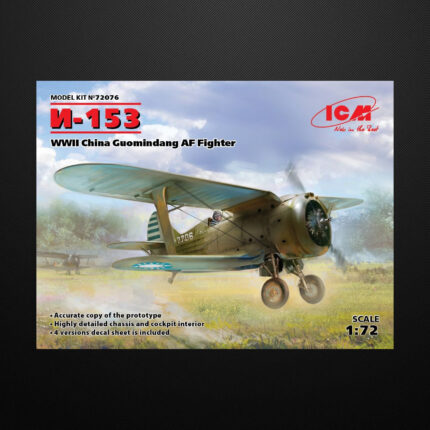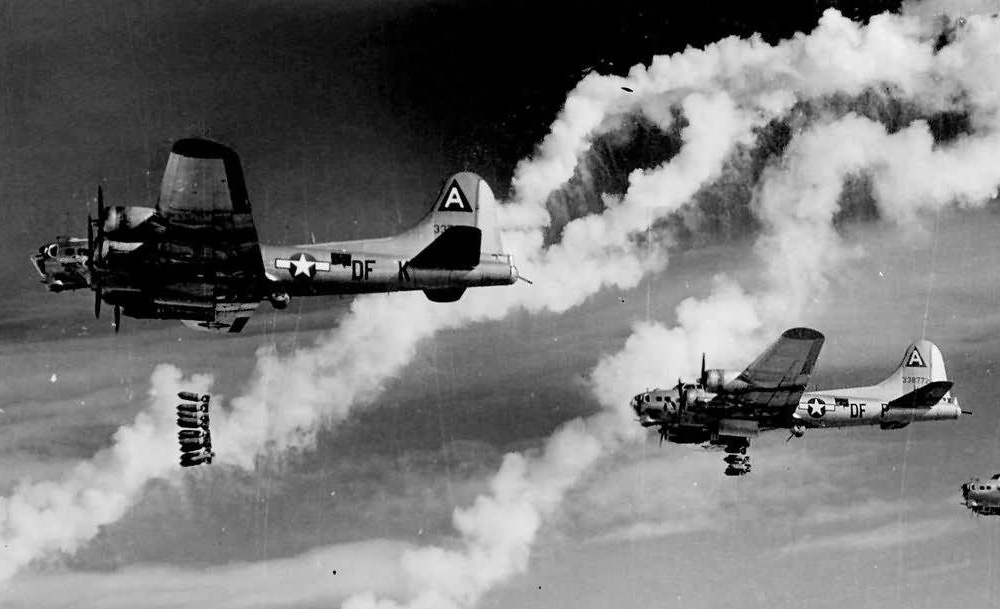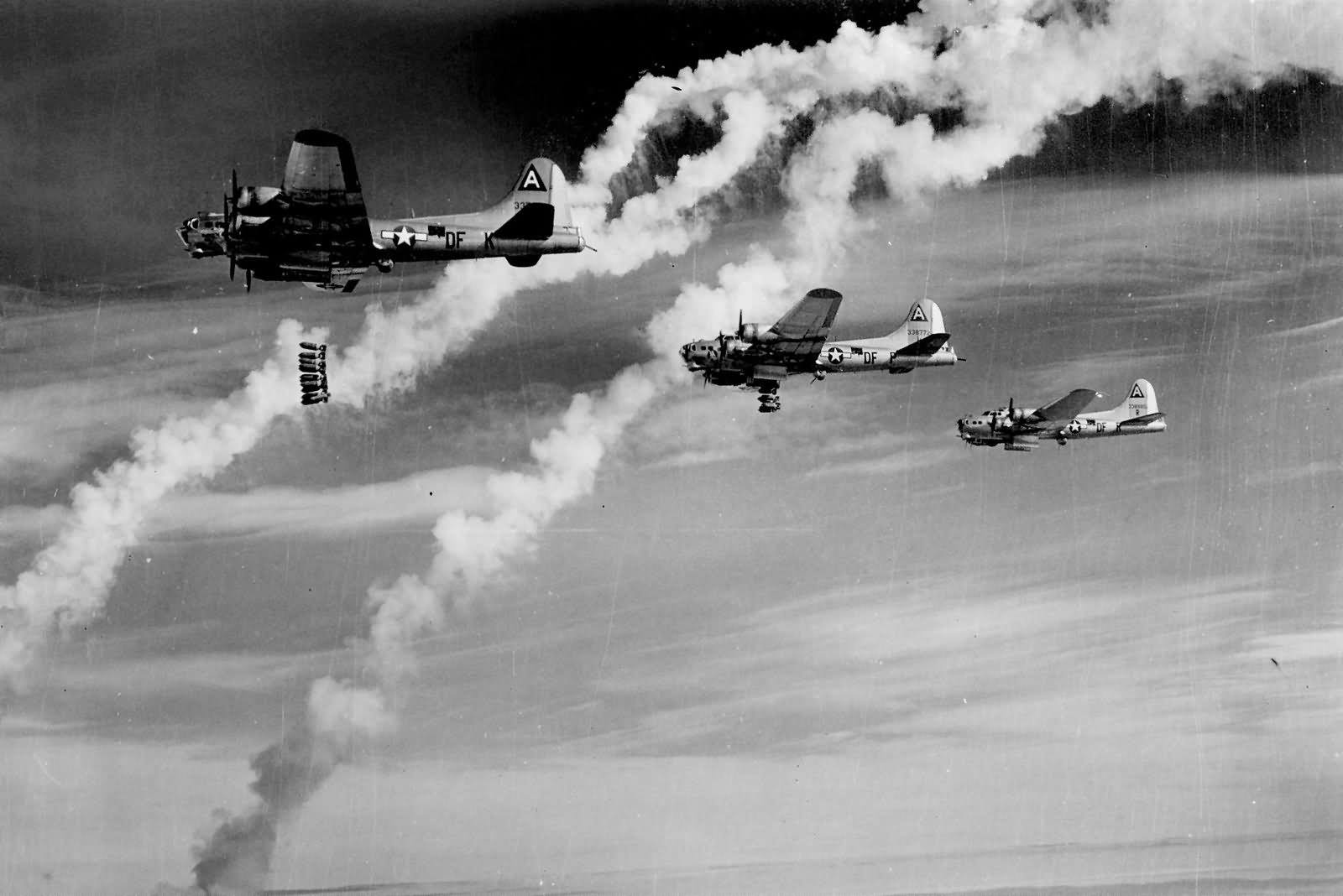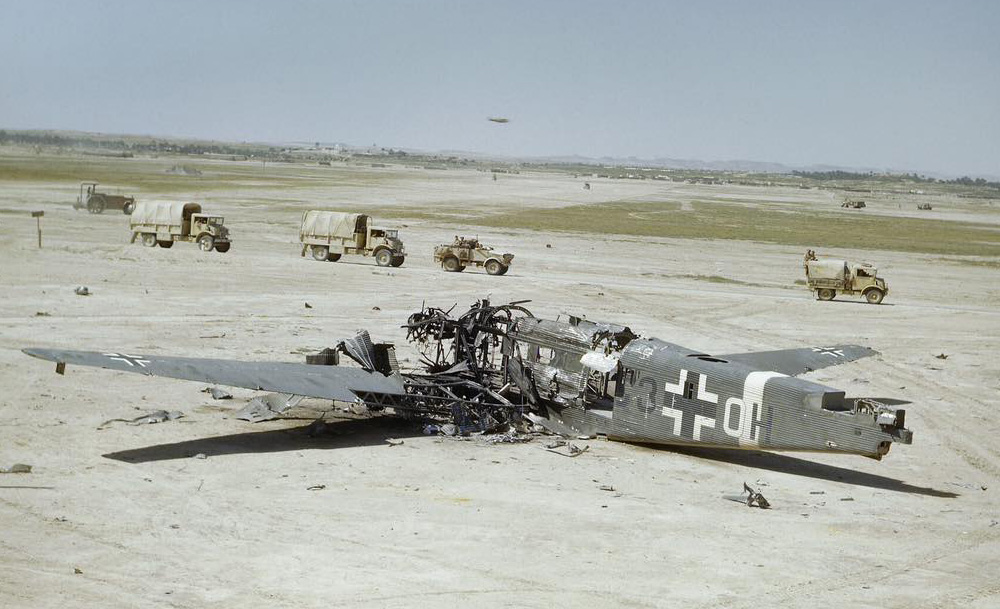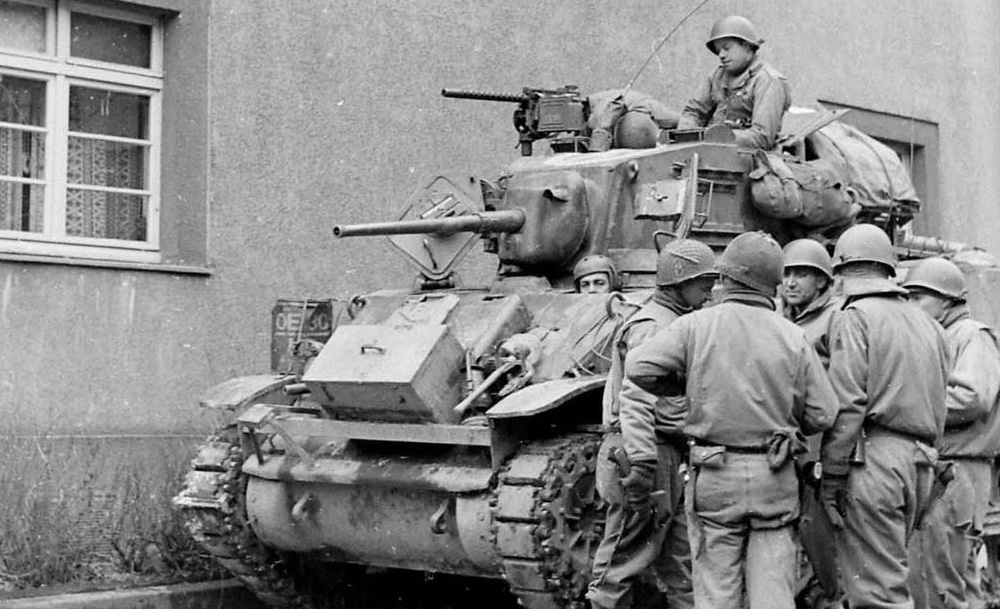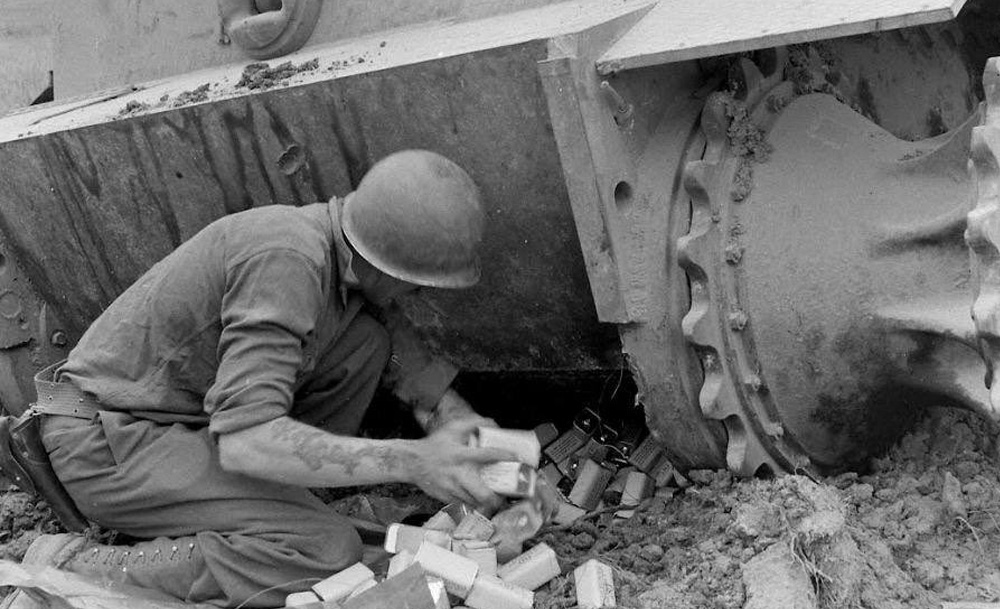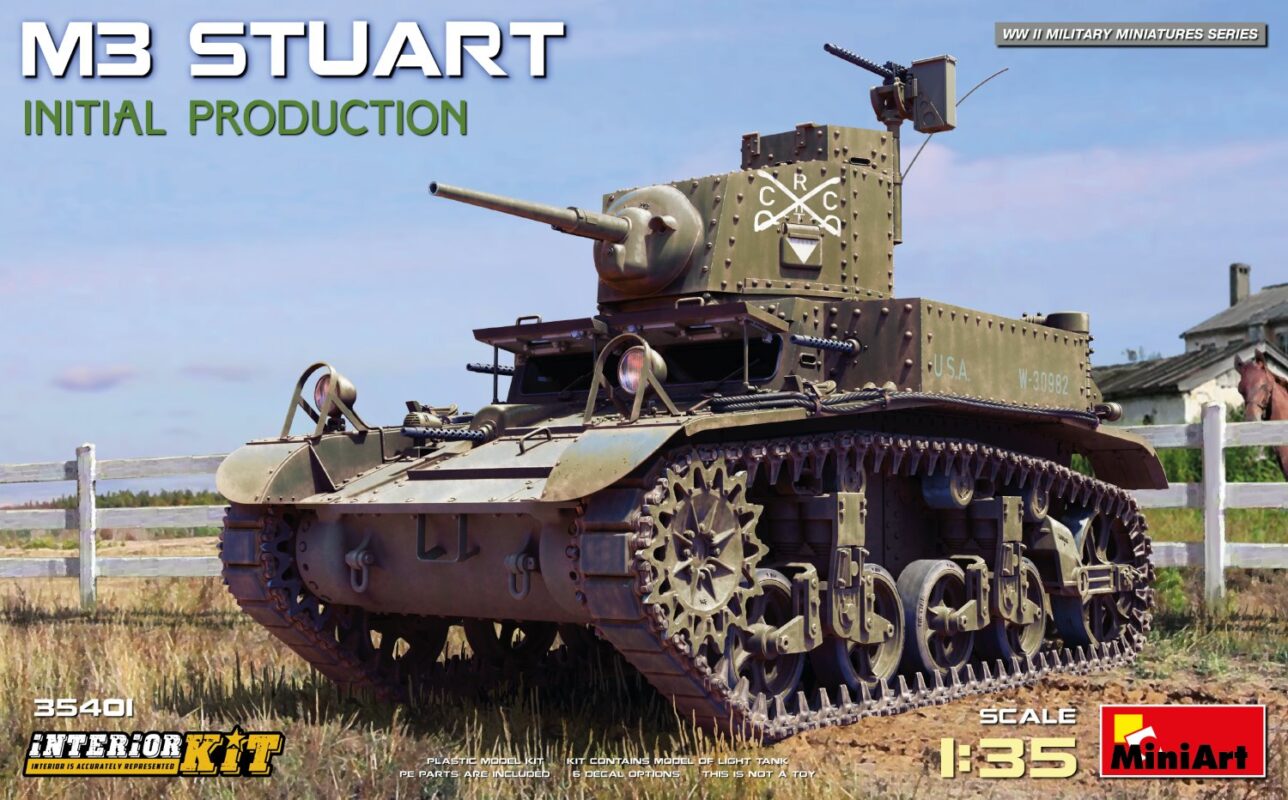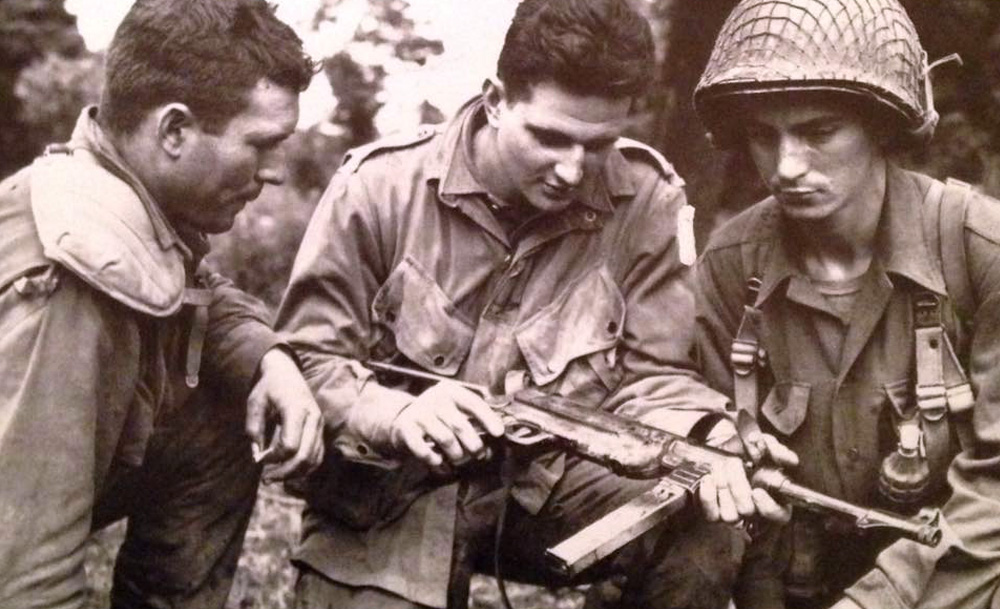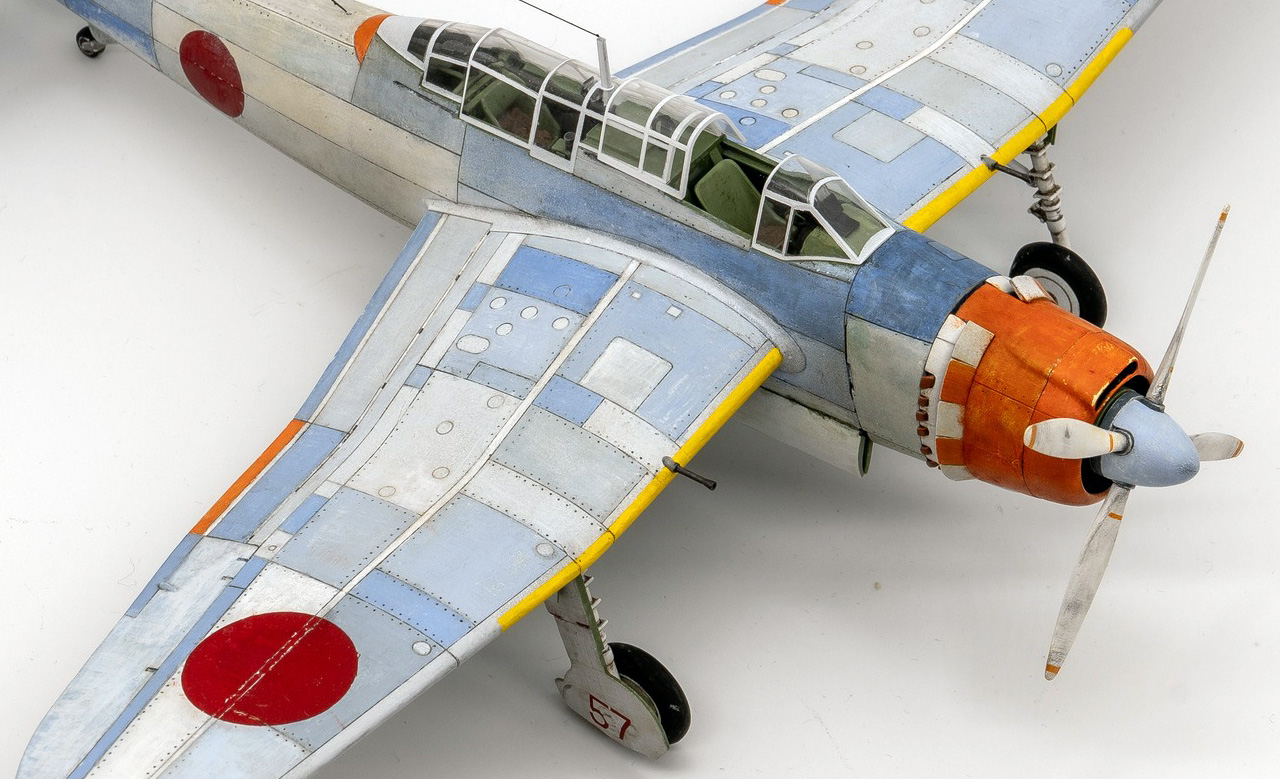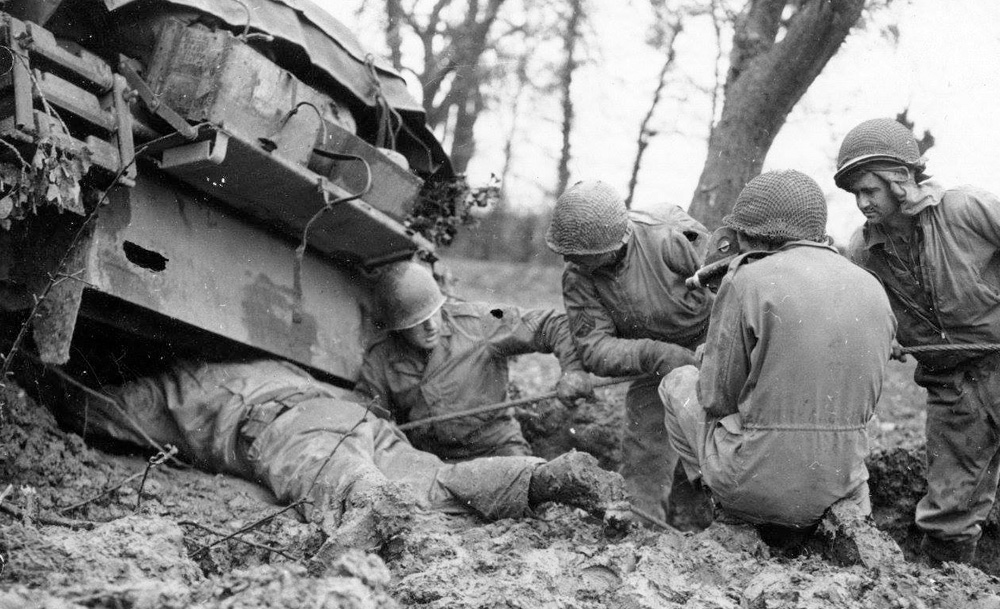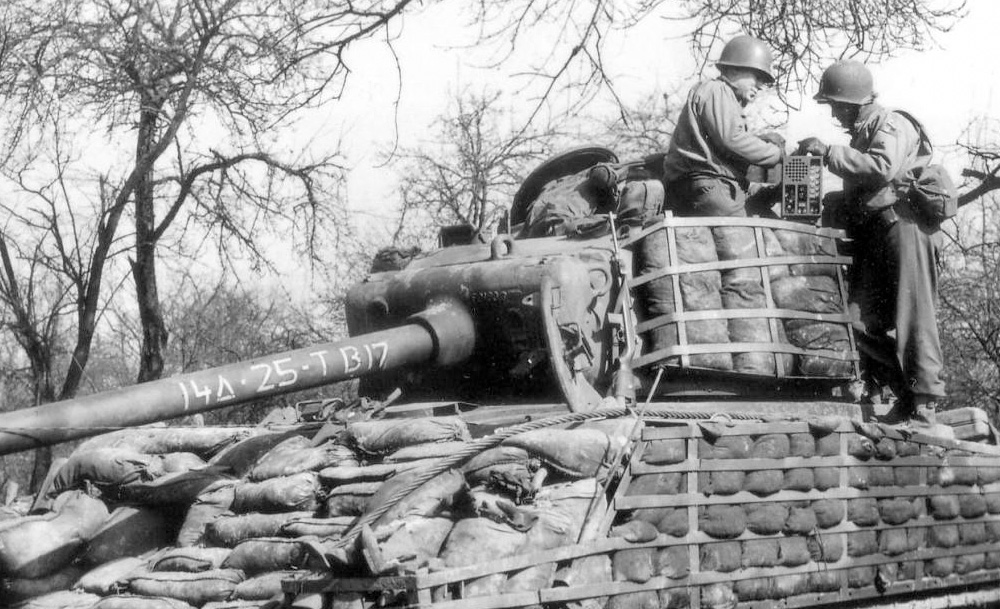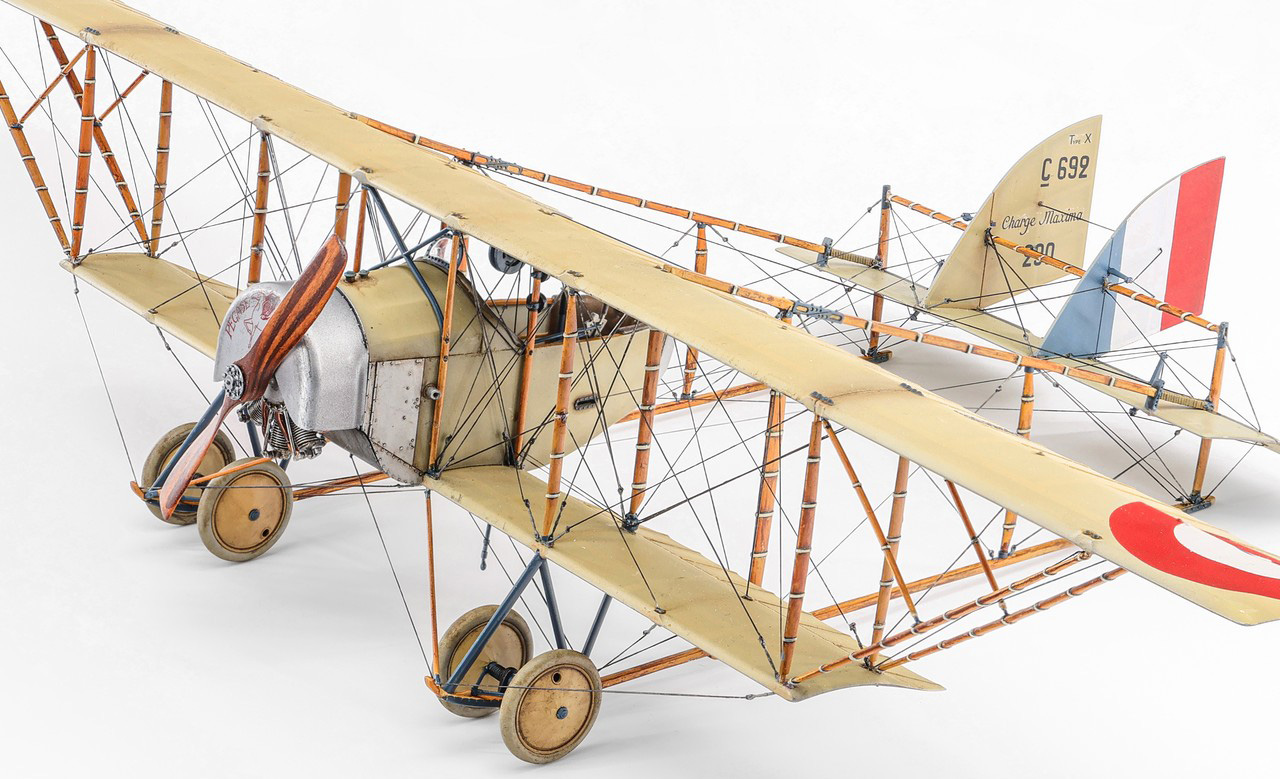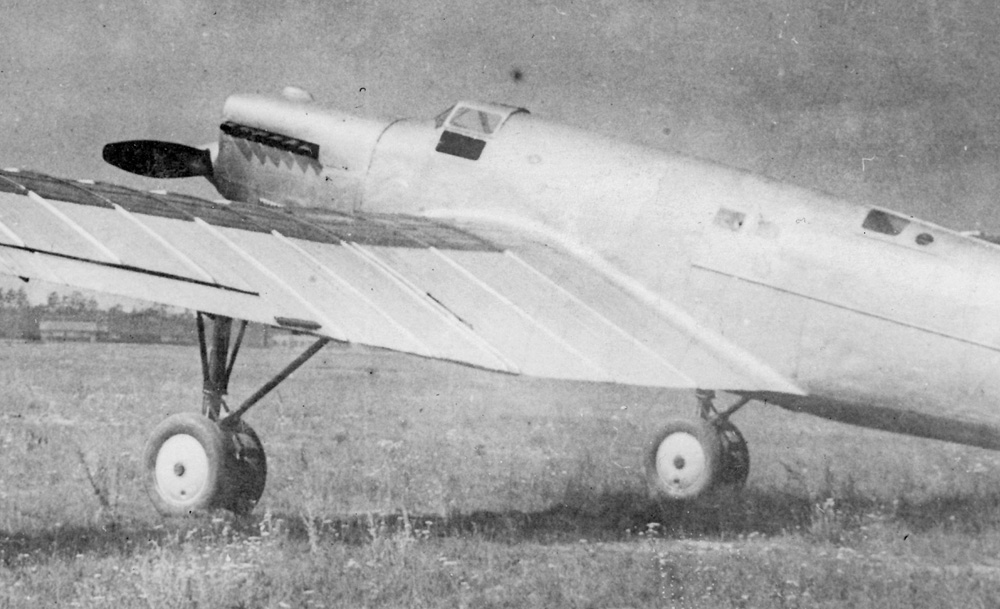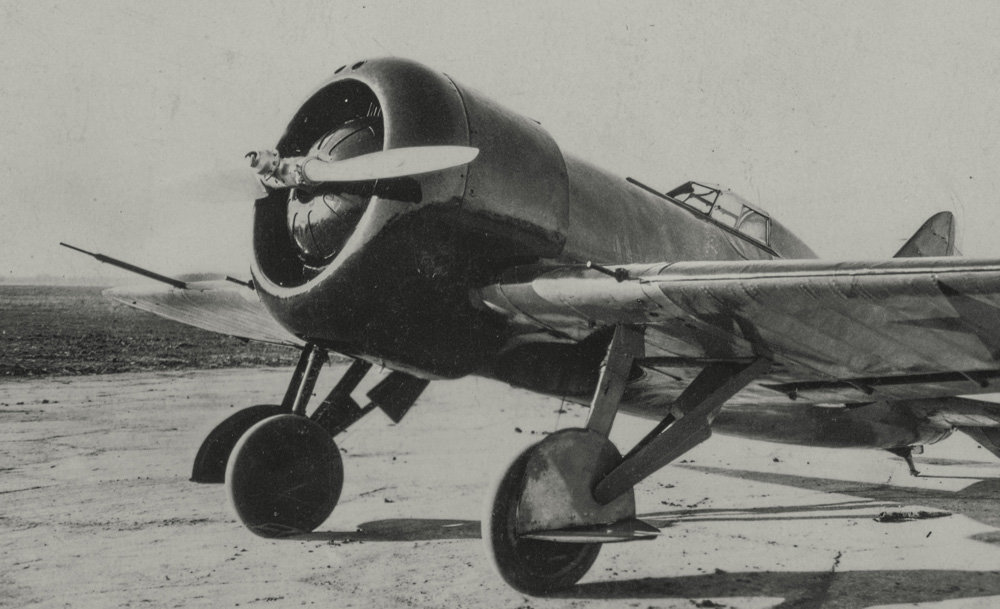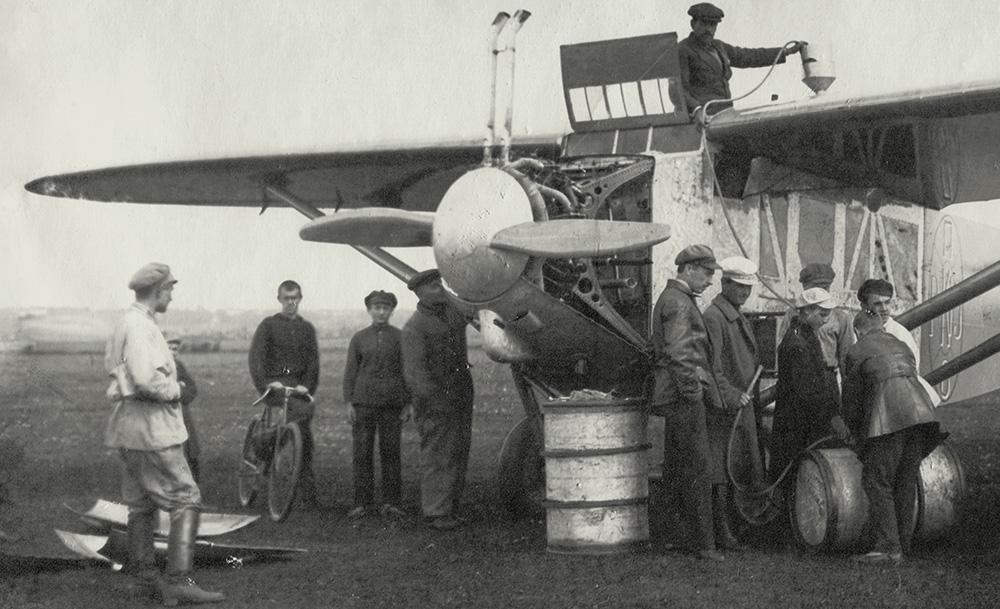The Boeing B-17 Flying Fortress is an iconic American heavy bomber that played a significant role in World War II. Here’s a brief overview:
- Design and Development: Developed by Boeing, the B-17 Flying Fortress was a four-engine bomber designed in the 1930s. It had a distinctive appearance with its multiple gun turrets, providing it with a formidable defensive capability.
- Role in World War II: The B-17 became a vital part of the U.S. Army Air Forces’ strategic bombing campaign in Europe during World War II. It was employed in daylight precision bombing raids against German industrial and military targets.
- Defensive Armament: The Flying Fortress was heavily armed, featuring multiple .50-caliber machine guns in various turrets. This extensive defensive armament earned it the “Flying Fortress” nickname.
- Crew and Operations: The B-17 had a crew of ten, including the pilot, co-pilot, bombardier, navigator, radio operator, and gunners. It played a crucial role in the long-range bombing missions, flying at high altitudes to avoid enemy fighters.
- Strategic Impact: The B-17, along with other bombers, contributed to the strategic bombing campaign that aimed to cripple German war production. The intensive bombing missions played a role in weakening the enemy’s industrial and military capabilities.
- Post-War Use: After World War II, the B-17 saw service in various roles, including reconnaissance and transport. Some were converted for civilian use, such as cargo transport and aerial surveying.
- Cultural Significance: The B-17 Flying Fortress remains a symbol of American air power and resilience during World War II. The famous “Memphis Belle” is one of the most well-known B-17s, becoming the first U.S. Army Air Forces heavy bomber to complete 25 combat missions in Europe.
- Preservation: Several B-17s have been preserved and restored, with some still flying today. They serve as flying memorials, participating in airshows and events to honor the aircraft’s historical significance.
The B-17 Flying Fortress is celebrated for its role in the air war over Europe and its enduring legacy as a symbol of American determination and technological innovation during World War II.
Photo: A good example showing the doctrine of dropping on the leader. When the lead bombardier releases the others in the formation follow, hopefully leading to a tighter bombing pattern. B-17s of the 91st BG.
Date: unknown.
If you know more info about this photograph, please mention it in the comments.


